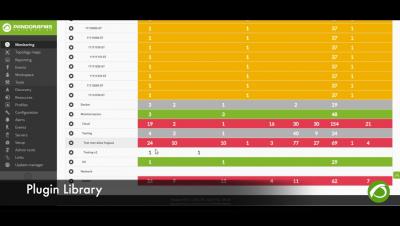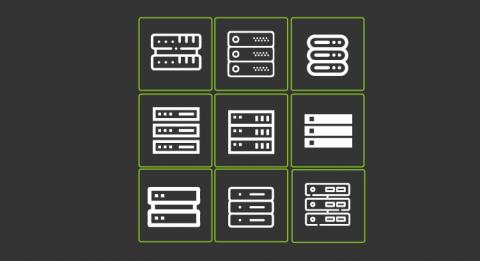Operations | Monitoring | ITSM | DevOps | Cloud
July 2019
Network Emulation. Bringing real-world conditions to the test environment
The Network Emulation is a relevant technology when making tests related to the behaviour of our platform. Let’s look at these situations: All these situations are part of the day-to-day work of the IT managers and all are responded to by developing the necessary tests. However, when we propose to do these tests, two options arise: simulation and emulation of networks. These are two concepts that are often used interchangeably but are actually very different.
Fourteen Free SQL Software Tools
Our databases are the ones that keep the Internet alive. There has even been talk for some years about the development of operating systems with which users do not have direct contact with the files, but their personal files are stored in a local DB. In fact, we already see how there are online services that do this for us, such as Google Drive or Nextcloud, the latter written under free license Affero.
Why does CUBIC take us back to TCP congestion control?
TCP congestion control is a fundamental part of this protocol and over the years has undergone a process of constant improvement through the generation of different versions, such as TCP Tahoe, Reno, Vegas, and so on. The case of the TCP CUBIC version, which has been the default congestion control applied by Linux/Unix systems.
8 server types you should know about
How many server types are out there? The answer to this question, like so many others, is: “It depends”. Since there can be as many types of server as a company needs, and companies have more IT needs every day, so… If we go to the definition of server we find that this is a computer that provides service to other computers that are part of a network.






